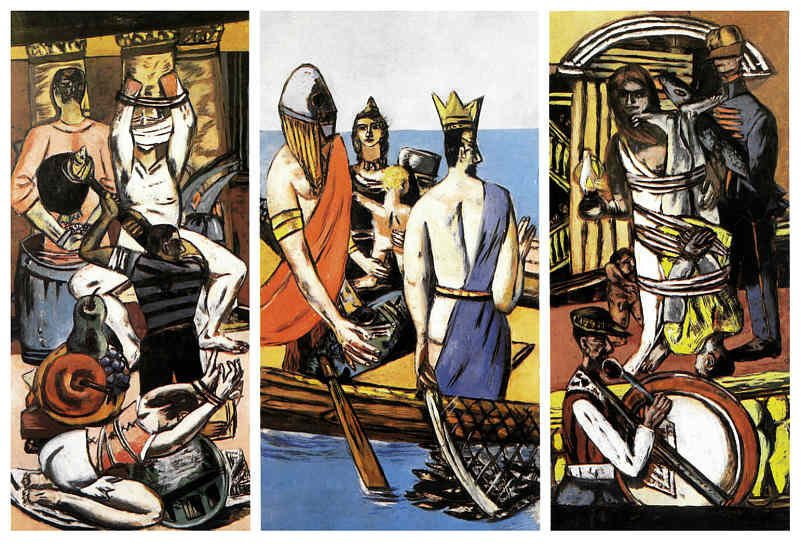The
Rietveld Schroder House in Utrecht, the capital city in Utrecht, was built in 1924 by Dutch architect, or chief builder, Gerrit Rietveld, a furniture designer, for Mrs. Truus Schroder-Schrader of Deventer, Netherlands and her three children. Schroder-Schrader intended the building to have no walls. She worked with Rietveld to create the building.
Schroder-Scrader did not like the first design Rietveld made for the building. When the building was complete, it was one of the only De Stijl buildings. In 1985, Schroder died, and Bertus Mulder restored the building. In 2000, the monument was recognized as a UNESCO World Heritage Site.
Rietveld impresses modern architects by solving many issues that designers had at the time. The interior is very flexible and the planar exterior is unique to all other structures. As a De Stijl building, the Rietveld Schroder House has many primary colors throughout.
In 1917, the Dutch De Stijl movement started with Rietveld, Piet Mondrian, and J.J.P. Oud, and sought after abstraction, precision, geometry, purity, and austerity. After Mr. Schroder-Schrader died, his wife wanted a smaller, more flexible building to be built for her and her three children. Rietveld made use of many colors, such as making the front door black to prevent any dirt on the door from being visible.
The building is reenforced with steel and concrete. With a planar design, the walls are defined by three main axes. The windows also follow this format.
As a UNESCO World Heritage Site, the building is now a visitable museum. The De Stijl style can be found on the exterior and interior of the building. In 1924, the design of the building was complete.
The Rietveld Schroder House was the first house Rietveld constructed, and he implemented many of his ideas into it. Schroder wanted to feel free and flexible with movable walls. Many are intrigued about how active the building is with its residents.
In 1925, Rietveld had a studio on the ground floor. After his wife died, he moved in with Schroder until his death. In 1985, Schroder died, and gave the house to the Rietveld Schroder House Foundation to be restored.








